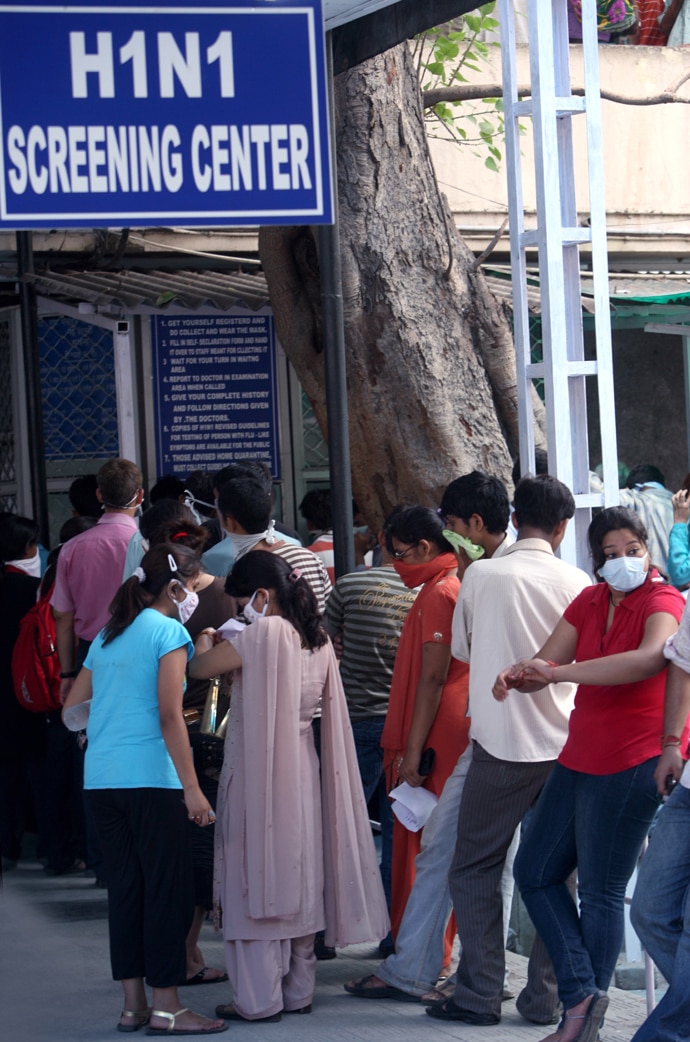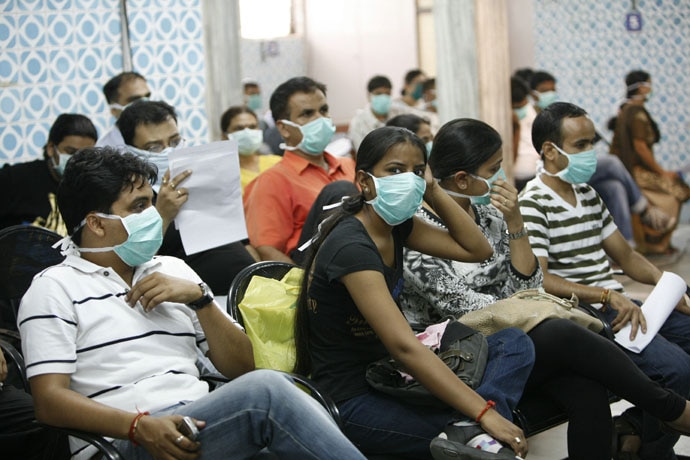Swine flu virus is mild. The unpreparedness of the authorities is the cause of panic

It is that time of the year again when minor symptoms like a cough, sore throat, runny or stuffy nose or even a persistent headache panics you into rushing to hospital. It is that time of year when swine flu is making headlines — especially after BJP President Amit Shah was diagnosed with it.
मुझे स्वाइन फ्लू हुआ है, जिसका उपचार चल रहा है। ईश्वर की कृपा, आप सभी के प्रेम और शुभकामनाओं से शीघ्र ही स्वस्थ हो जाऊंगा।
— Amit Shah (@AmitShah) January 16, 2019
Spoke to @AmitShah ji who is undergoing treatment for Swine Flu at AIIMS and inquired about his health. I pray for his speedy recovery.
— Rajnath Singh (@rajnathsingh) January 16, 2019
However, not all are as lucky as Mr Shah when it comes to the promptness and quality of treatment received.
What is the fuss all about?
‘Swine flu’ is literally influenza in pigs. Pigs transmit influenza viruses to people — mainly to hog farmers and veterinarians — and less often, the flu passes the infection to others.
A decade ago in 2009, scientists recognized a particular strain of flu virus known as H1N1 — a combination of viruses from pigs, birds and humans. During the 2009-10 flu season, H1N1 caused a respiratory infection in humans — commonly referred to as ‘swine flu’.
The World Health Organisation (WHO) declared the flu caused by H1N1 to be a global pandemic because so many people around the world got sick that year. However, in August 2010, WHO declared the pandemic over.

While swine flu viruses do not normally infect humans, the outbreak in 2009 was due to a novel influenza A virus that had not been identified in people before.
Human-to-human transmission occurs in the same way as seasonal flu, through coughing or sneezing.
The disease spreads very quickly in crowded places and cold and dry weather enables the virus to survive longer. H1N1 is contagious and can spread through direct or indirect contact — with a population as high as our country's and people milling about, it is not surprising that it is on the rise in India.
How do we fare?
We are as unprepared as we were when the flu first caught India sleeping and unaware of how to deal with the pandemic.
According to reports, as of January 29, 2019, over 600 people have been diagnosed with swine flu in Delhi. While Health Ministry data reports no deaths in the National Capital Region (NCR) so far, two city-based government-run hospitals (Safdarjung and Ram Manohar Lohia) have reported 12 deaths due to the H1N1 virus till Tuesday of the 617 total cases reported.

According to senior officials at the Safdarjung hospital, three persons have died due to swine flu, but none of them are Delhi residents. The RML has witnessed nine deaths, of which 8 people belonged to Delhi and one hailed from Haryana. The NCR has the third highest number of H1N1 cases after Rajasthan and Gujarat.
Delhi: Run by the state government or Centre?
On being asked why the Health Ministry's data doesn't include the fatalities reported by these two hospitals in the city, a senior ministry official said, “Our data is based on the figures given by state governments. Though RML and Safdarjung are Centre-run hospitals, they submit their data to the Delhi government.”
The state of other states
According to reports, Health Ministry officials have confirmed that Rajasthan recorded 1,976 cases of swine flu and 76 deaths till Tuesday. Gujarat has reported 659 cases and 27 deaths. They have also apparently underreported a number of 532 cases in Delhi with no deaths — a claim disproven by independent media.
Punjab has reported 27 deaths and 188 swine flu cases, Haryana, eight deaths and 388 cases, Maharashtra, 12 deaths and 96 cases, Uttar Pradesh, 4 deaths and 215 cases while Kerala has reported 3 deaths and 100 cases so far. Telangana has witnessed one death and 271 cases, while Karnataka has recorded 189 cases of H1N1. Jammu and Kashmir reported 10 deaths and 121 cases.
When to knock at the medicos’ door
If you have any of the symptoms — fever, chills, cough, sore throat, runny or stuffy nose, watery and red eyes, body aches, headache, fatigue, diarrhea, nausea and vomiting — and if you are pregnant or have a chronic disease (asthma, emphysema, diabetes or a heart condition) — please rush to the nearest healthcare centre and give a swab for testing. Please shed the myth — you can't catch swine flu from eating pork.
Wash your hands with soap, contain those coughs and sneezes, and stay safe!

